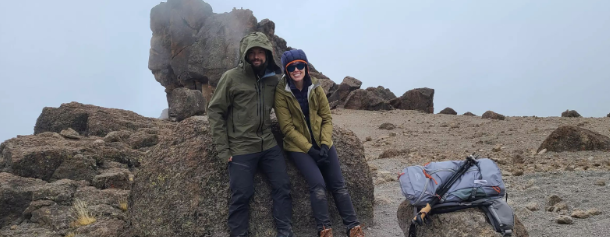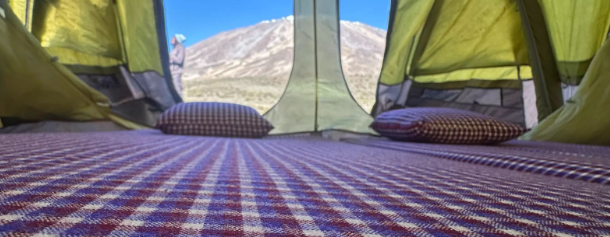Creativity has its own mountains. Some days it feels effortless — ideas flow like fresh ink across the page. Other days, every word, brushstroke, or design feels heavy, like hiking through altitude. But that’s the nature of creation: it’s not a race to the top, it’s a climb.
Mount Kilimanjaro, Africa’s tallest peak, teaches that process in its purest form. Those who ascend with Team Kilimanjaro website often find that the lessons learned on the trail apply beautifully to the creative journey — patience, rhythm, and the courage to keep going when the view isn’t yet clear.
The Blank Page and the Base Camp
Every climb starts with stillness — that uncertain moment before beginning. Writers call it the blank page; climbers call it base camp. Both carry the same energy: anticipation mixed with fear.
The truth is, nothing changes until you take the first step. You don’t need to see the summit to begin; you only need faith in the process. Creativity, like climbing, rewards momentum — however small.
The Art of Pace
Climbers have a phrase: pole pole — Swahili for “slowly, slowly.” It’s a reminder that rushing guarantees failure. The body must adapt, the breath must steady, and every movement must align with rhythm.
Creativity works the same way. The best ideas don’t come from pressure; they come from patience. The mind needs space to acclimatise — to the story, the design, the emotion. Slow progress is still progress, and often the most meaningful.
The Cost of Creation
There’s no way around it — every climb, and every act of creation, demands investment. Time, energy, vulnerability, and sometimes money.
A value for money climbs guide breaks down what’s required for Kilimanjaro, but the same logic applies to creative work: the real cost isn’t just financial — it’s emotional. It’s the hours you spend shaping something invisible into something tangible.
But that cost also gives the work meaning. What we invest in deeply, we value more fully.
The Midway Doubt
Every creator and climber hits a point where the summit feels too far. On Kilimanjaro, it’s when the air thins, energy dips, and you start questioning why you began at all. In creative work, it’s when drafts look messy, ideas feel weak, and motivation fades.
But if you keep moving — one line, one note, one step — something shifts. The fog clears. The path returns. The work begins to take shape again.
The Summit and the Silence
At the top of Kilimanjaro, there’s no grand celebration. Just sunrise, breath, and silence. That moment feels like finishing a painting, a song, or a story — the stillness after creation. The satisfaction isn’t loud; it’s deep.
You realise the summit was never about the height. It was about who you became getting there.

Climbing, like creating, teaches that beauty is built through process, not perfection. The mountain is a mirror, and so is the page. Both ask the same thing: trust the climb, honour the effort, and remember that every small, intentional step — on paper or path — is art in motion.

